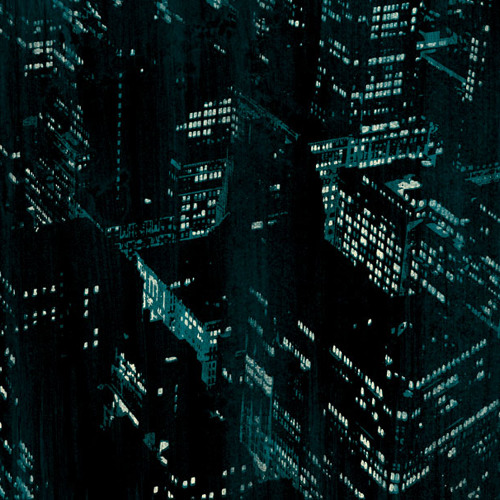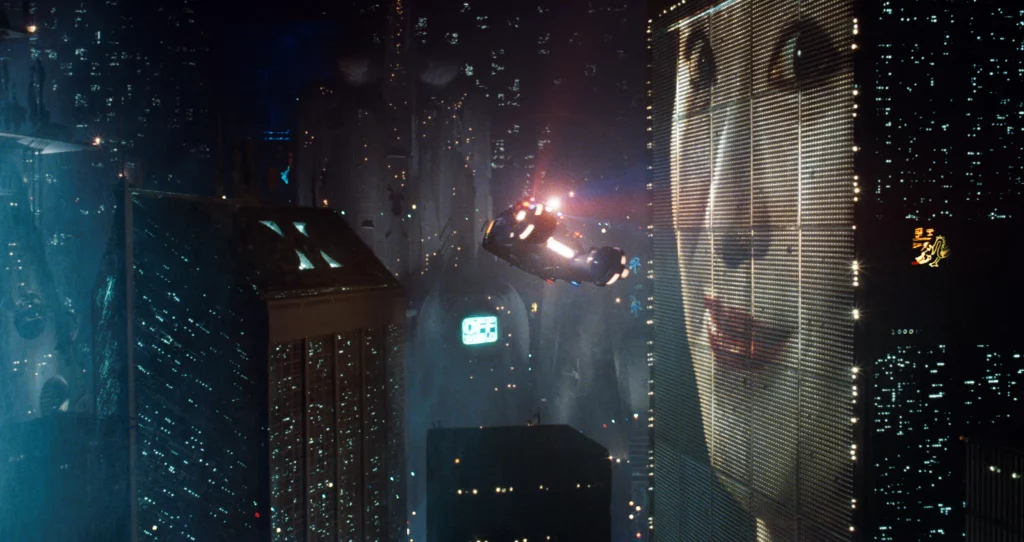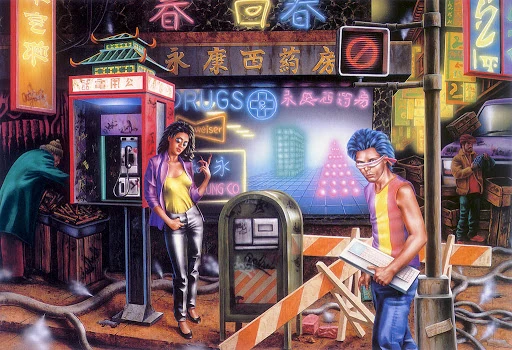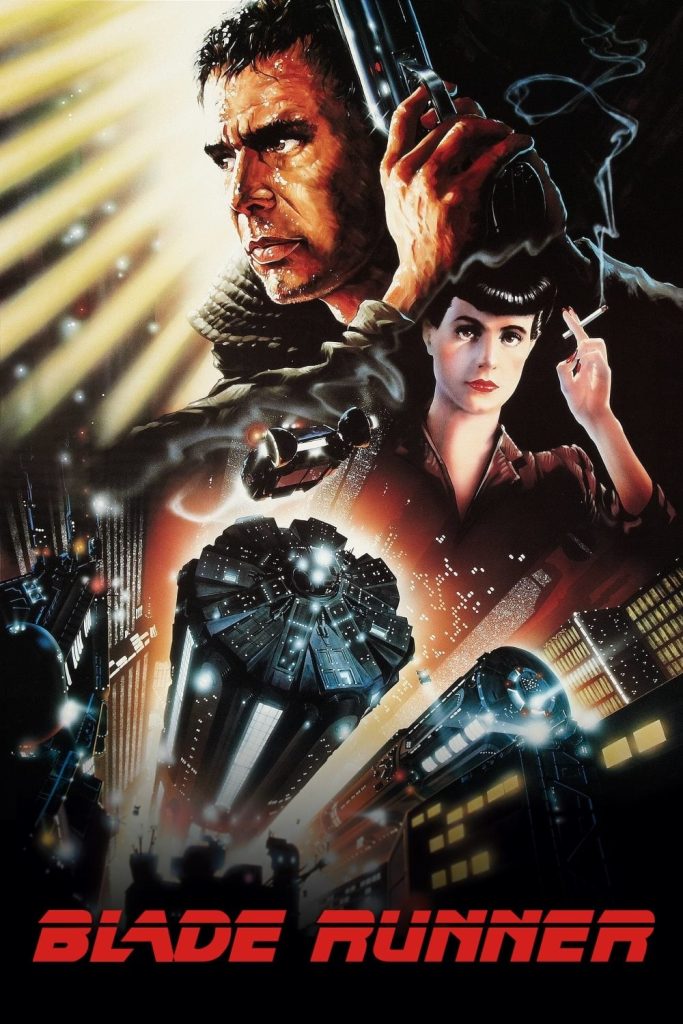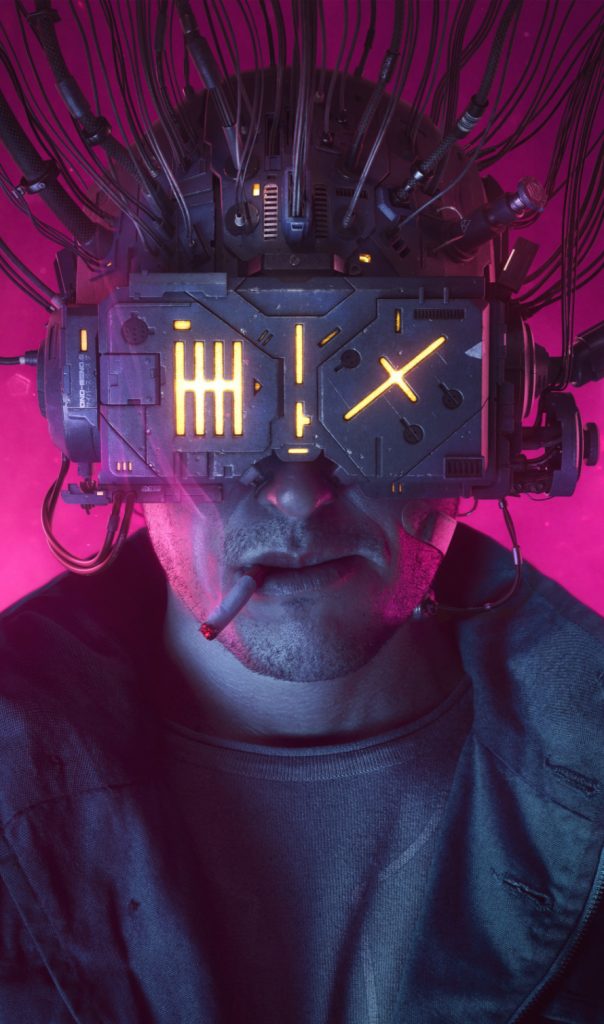The movie The Blade Runner and the novel The Neuromancer both heavily explore the cyberpunk theme of neon-lit cityscapes while featuring a technologically advanced civilization that has a low quality of life for its inhabitants. Within this theme, the film and novel were able to highlight the social decay that was ever present in society.
The Blade Runner was set in Los Angeles which was turned into a neon city with large illuminated billboards and glowing advertisements that were constantly displayed throughout the city to reinforce the theme of consumer culture. Advertisements such as the “Kara Dolls”, were small details that called attention to the high-tech society that existed. In addition to the constant and virtually inescapable advertisements that were plasted throughout the city in the film, there were skyscrapers that dominated the skies.
The skyscrapers belonged to big cooperations such as the Tyrell Cooperation’s building. The buildings would be extremely clean and futuristic appearing on the inside while on the outside they had a gritty appearance due to the environment they were surrounded by. The streets would be cluttered and dilapidated while the “spinners”, also known as the flying cars would be clean and fly above them. In The Neuromancer, the city is a largely neon-lit metropolitan area while centering a huge monolithic building. This novel heavily leans into the cyberpunk theme of high tech-low life. In the city, there is a clear divide between the society. There are those who are considered to be apart of the technological elite and there are those who live in the shadows of those considered to be technologically elite. Case is an example of a character who live in a dangerous, dark, polluted environment in which is a clear difference between the lives of the elite who live in comfortable cooperate environments. This creates not only a divide but highlights the difference in the worlds of those living in these environments, it adds depth to the characters in the story and gives the reader the ability to understand their character even more.
